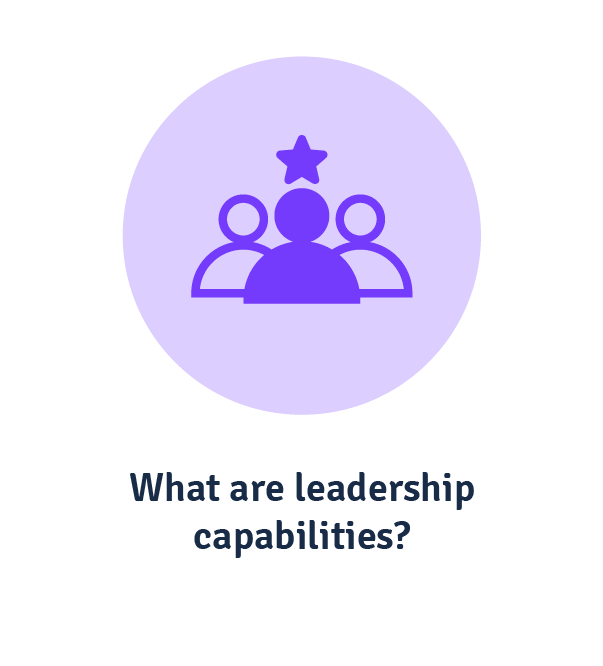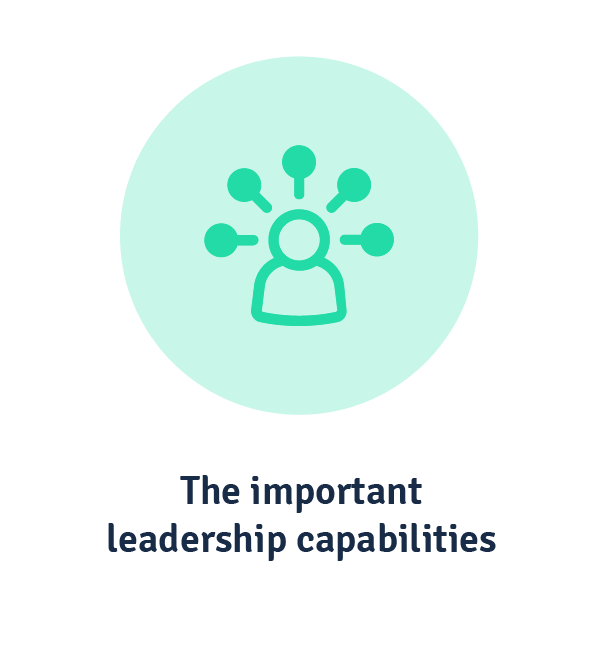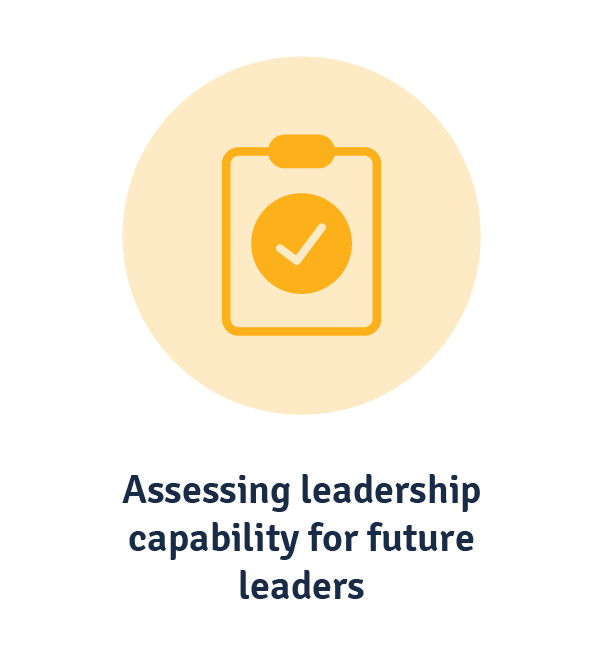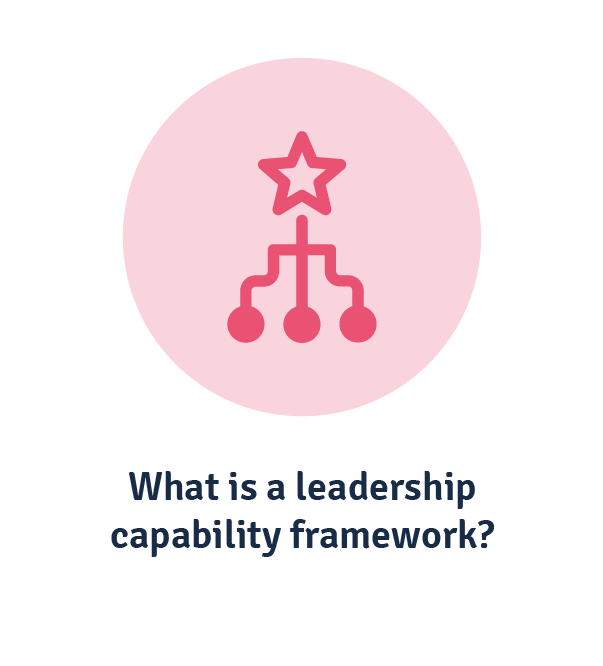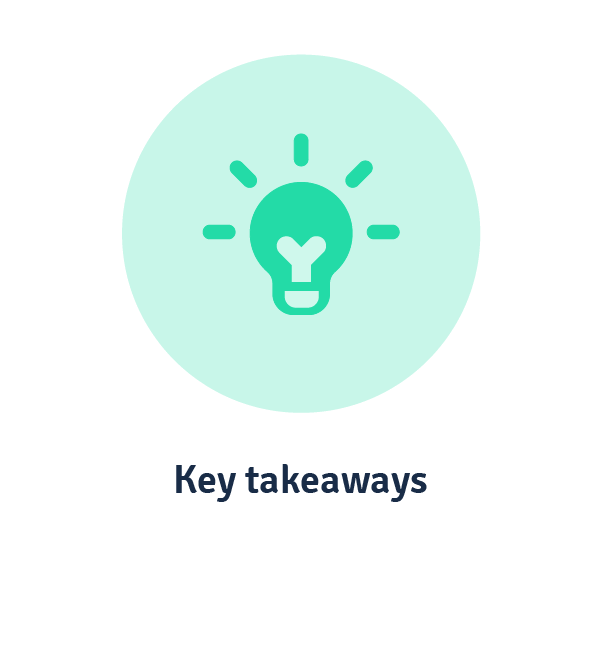The Importance of Assessing Leadership Capability for Current and Future Leaders
Choosing the right future leaders—and ensuring your current ones are up to scratch—can be a difficult process.
You know you have high-performance employees, but you don’t know whether they have the ability to fill critical roles within your company to a satisfactory degree. You also know your chosen leaders had what it takes to be a successful leader when you assigned them the role, but are their leadership skills in line with the current standard and business priorities?
This is where leadership capability comes in. It covers both assessing and building capability for your organisation to support and improve your employees in realising their potential as effective leaders.
Let’s dive into the details of leadership capability and how it can help your business.
What are leadership capabilities?
Leadership capabilities are the behaviours, actions and thinking processes that set people apart as being a suitable leader—whether they be a potential leader or in a current leadership role. These are the tools and skills that help a leader achieve great leadership and realise their leadership potential. For a potential leader, leadership capabilities are what they need. For a current leader, leadership capabilities are what they are working to improve on.
What are important leadership capabilities?
Of course, this depends on multiple factors. The capabilities required for effective leadership can differ slightly in importance and delivery depending on your industry, organisation, or team, but generally speaking, leadership skills are universal.
That being said, there are a few critical leadership capabilities that exist in some shape or form in most companies.
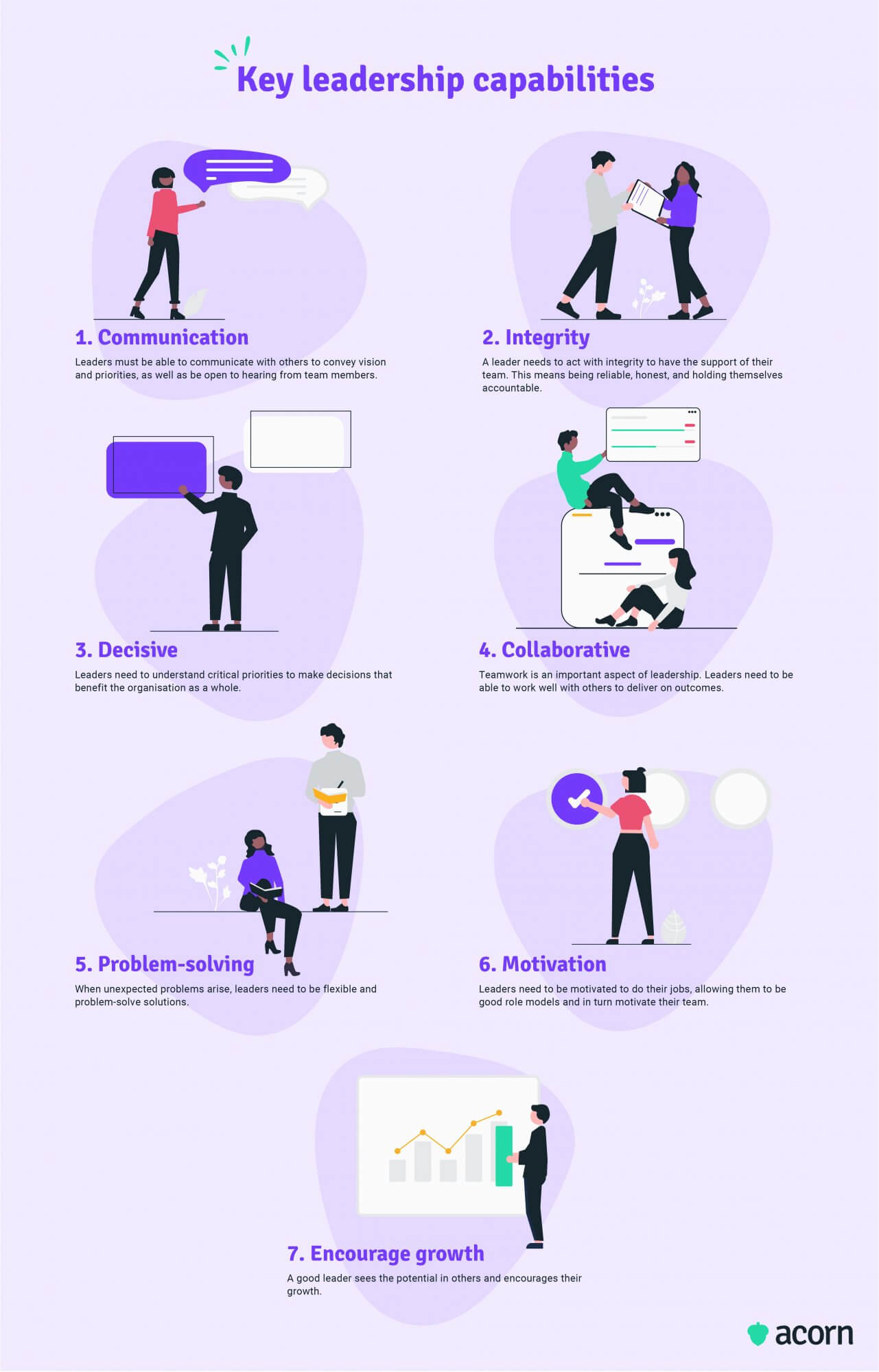
Communication
The job of a leader is to lead teams and steer them towards a common goal. It’s hard to do that without communication, just as it’s hard to do with bad communication. A leader needs to be able to convey information and vision to their team to provide direction.
But communication is also a two-way street, and leaders need to keep an open line of communication to allow their teams to provide feedback. Not just for benefit the leader themselves, but also to provide support to team members.
Integrity
People need to know they can trust their leaders. Having a leader who holds themselves accountable, is reliable and honest, and who possesses emotional stability will instil confidence amongst employees. And if employees trust who leads them, they’re more likely to be engaged in their work.
Decisive
A leader must be decisive. (Obviously.) It’s their job to communicate focus to the team, as well as set goals and performance expectations. They understand critical priorities and know how to communicate strategy to employees to enable them to achieve crucial business outcomes.
This feeds back into trust. Employees are confident in a leader who has confidence in themselves and their decision-making.
Collaborative
On the other hand, a leader is not an absolute monarch. They can’t just sit back and order their teams to carry out their bidding without question. These days, it’s expected that leaders will collaborate with others to achieve the best outcomes.
This could mean collaborating with their teams to foster new ideas and ensure all voices are heard in the process. Or maybe it means collaborating with another team or leader within the company. Whatever the reason, your leaders need to demonstrate that they can work collaboratively with others.
Problem-solving
Leading is rarely smooth sailing, and people in senior roles need to be prepared for that. Just like businesses, leaders can’t be rigid in the face of unexpected challenges. While they need to be decisive, leaders need to leave room for flexibility when problems arise. Someone who panics at the first sign of a challenge or refuses to bend isn’t ready to take on leadership responsibility, but someone else who works to problem-solve, innovate and find a solution may find success as a leader.
Motivation
If a leader wants to see success, they need to be motivated. They need to have a commitment to stepping up and taking responsibility. Even more importantly, leaders need to be able to motivate others. They need to find a way to develop a sense of interest and enthusiasm for work in their team members, because motivation in employees increases their performance.
They don’t have to be actively trying to motivate others, either. Part of leading is wielding influence, and sometimes leaders just need to lead by example. If employees see senior leaders exhibiting confidence and motivation they may be encouraged to feel the same, shifting attitudes in the workplace.
Encourage growth
Great leaders also recognise potential and talent in their subordinates and will actively aid employees’ growth. They know that fostering growth in others will enable employees’ career development as well as achieving the company’s strategic priorities. In fact, encouraging growth in employees helps to shape them for future leadership themselves.
Why assessing leadership capability is important for leaders
You’ll have plenty of employees who excel at their work. Employees who keep up with their responsibilities, meet deadlines, and generally have a strong track record for good performance and productivity.
But sometimes high-performing employees who excel at their work aren’t cut out for leadership responsibilities. You want the best leadership candidates, whether they’re already in a position of leadership or you’re looking towards succession planning in your business.
This is where assessing for leadership capability comes into play. It evaluates whether your employees are the high potentials (HiPos) you need for leadership. Here at Acorn, we’ve created the first ever performance learning management system (PLMS) to help with this process. It’s a dynamic AI-powered platform that synchronises L&D experiences to business performance, ensuring that employees develop the role-specific capabilities that drive organisational impact.
Employee engagement
Having purpose leads to engagement, and assessing your potentials for leadership capability builds purpose. For leaders, knowing your abilities and limitations can give a sense of purpose and something to strive towards. A goal for your own professional and personal development keeps you engaged, especially when your employer is taking an interest in assisting your learning. Plus, engagement increases your productivity, performance, and ability to learn.
Increase self-awareness
Assessment will help your employees gain self-awareness, and by extension, a better understanding of their own abilities. The smaller the gap between how a leader views their capability and how others view them, the more successful they are as a leader.
It’s pretty simple. A good leader needs to know exactly what they’re capable of and where their limits are. Lack of self-awareness leads to overestimating your abilities (leading to biting off more than you can chew) or severely underestimating them (not taking opportunities because you assume you aren’t good enough). Finding the perfect balance—and the most realistic one—allows leaders to make better decisions for their team as well as for their own personal growth or change.
Clearer career vision
Two words: Leadership development. We already talked about having a sense of purpose, and this is why. Once your current leaders and leadership candidates know what their leadership capabilities are from their assessment, they’ll have a clearer vision of what they need to change or improve to further their career. This could mean developing current skills, learning new ones, or learning something new entirely. Either way, a leadership capability assessment will give the journey clarity.
Developing better leaders
What’s a leadership capability assessment if not a tool to find the individuals most capable of leadership?
An assessment should reveal that your current leaders are capable and deserving of their role. Even if they’re not up-to-date with the latest in leadership capabilities, an assessment will show them what capabilities they need to improve on easily enough.
But if you’re succession planning, you’ll want to know which of your employees are leadership potentials. Ongoing leadership capability assessments will reveal your HiPos to you. In a one-off assessment you’ll have an idea of their current capabilities and what skills they will have to work on. But in continuous assessments carried out over time, you’ll be able to see a pattern. An employee with a consistent track record for improvement in developing leadership capabilities could be up for a future leadership role.
What is a leadership capability framework?
A leadership capability framework clearly defines the skills, knowledge and behaviours required for leadership talent in an organisation. The required capabilities are unique to the job roles within the business, as well as to the employees themselves.
How do you assess leadership capabilities?
If you want to assess the leadership capabilities in your business, you’ll want to make use of a leadership capability framework. Let’s take a look at how to develop one.
Define your framework or model
This is the most important step, because your model is going to be your frame of reference for leadership capability within your organisation. When defining your leadership capability model, you need to take into account the factors that affect the assessment criteria.
- Context: What is the current organisational environment? This includes the culture, structure, and current leadership skills present in the business.
- Strategy: What are your organisation’s business priorities and strategies? Which styles of leadership are best at meeting your objectives?
- Requirements: Most importantly, what are the leadership capabilities needed to deliver on your business strategy? These are the capabilities that you’ll be assessing for.
Decide on assessment methods
Now that you have a clear understanding of what capabilities you want to assess for in your workforce, you need to address the question of how you’ll do that.
The idea is to test your leaders and potential leaders to gain an overall understanding of who they are and what they’re like. (And no, we don’t mean understanding their likes and dislikes, although their personalities are important.) Consider testing using interviews, personality quizzes and cognitive tests—but make sure some of your testing is carried out in-person. Face-to-face discussion is the best way to understand each individual and how they might fare as a leader.
In the end, the tests you carry out should paint a picture of who your leaders and potential leaders are, as well as highlight likely performance outcomes.
Track and measure progress
Don’t just assess once and be done with it. Everything in leadership development is an ongoing and continuous process, designed to build on what came before to develop what will come next. Ergo, you need to carry out assessments repeatedly so you can track the trend in the leadership capability changes over time. And if leadership development has been delivered, you should be able to see changes in your assessment results showing capability improvements.
Key takeaways
Assessing leadership capability is just good practice when it comes to leadership succession planning for your business. It’s also good practice for your employees’ professional development (and their satisfaction at your company.)
Having senior leaders with your desired leadership capabilities will foster an engaged and productive environment within your business. By assessing the leadership capabilities within your workforce, you can ensure you have capable leaders calling the shots, and that you’re choosing leaders who will lead by example, driving business success.
Related Reads on This Topic

The Step-by-Step Guide to Building Leadership Capability
Building leadership capability is essential to business success and succession planning. Read on to learn how you can build it…

The Different Types of Leadership Training for Effective Leadership Development
Read how to use different types of leadership training to assist in developing leaders at different levels of your business…

Strategies for Effective Women’s Leadership Development in Your Organisation
Dive into women’s leadership development and the methods you can use to effectively build women up for leadership roles in your organisation…
